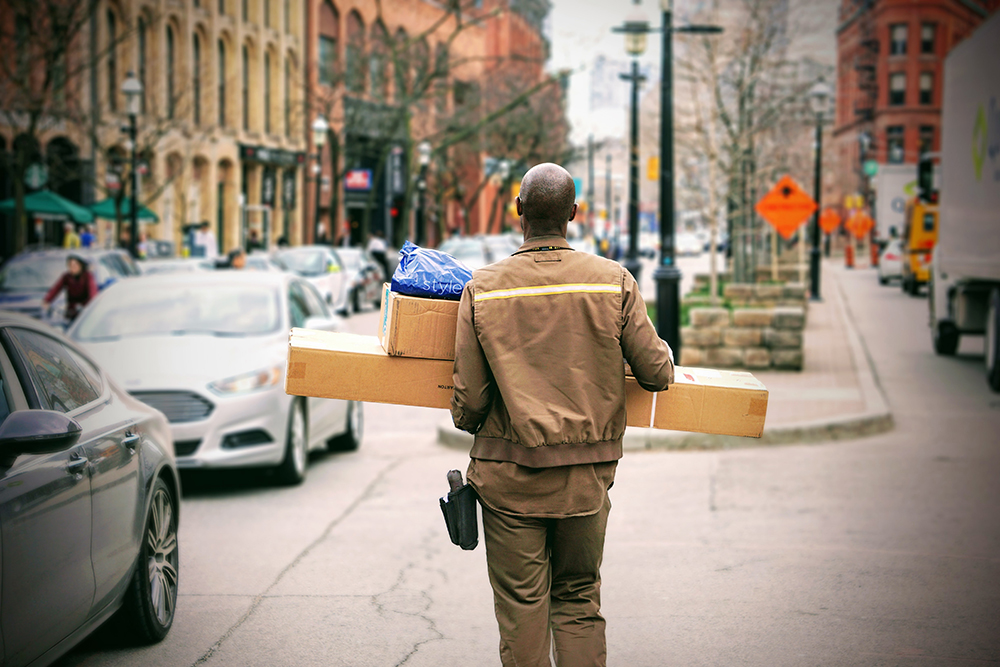According to Mission Local, a policy proposal heading for Board of Supervisors approval next week would explicitly authorize San Francisco police to kill suspects using robots. It is the following wording that is causing discussion: “Robots will only be used as a deadly force option when risk of loss of life to members of the public or officers are imminent and outweigh any other force option available to SFPD.” According to the local newspaper, this could mark a legal crossing of the Rubicon: “Robot use-of-force has never before been approved, nor has it ever been prohibited, in San Francisco.” (Mission Local, 22 November 2022) Of what kind of arsenal are we talking, anyway? “The SFPD has 17 robots in its arsenal, 12 of which it describes as fully functional. According to police spokesperson Officer Robert Rueca, they have never been used to attack anyone. The robots are remote-controlled, and are typically used to investigate and defuse potential bombs or to surveil areas too awkward or dangerous for officers to access.” (Mission Local, 22 November 2022) In August 2022, Oliver Bendel gave a talk about police robots at the Robophilosophy 2022 conference. The paper will be published in a few weeks.
Amazon’s Delivery Robots Arrive in Irvine
Transport and delivery robots convey items of all kinds, like parcels and purchases from one party (often the provider or broker) to another (often the customer) or they accompany and relieve pedestrians and cyclists of their burden. From 2016 to 2018, Swiss Post tested small transport robots by Starship Technologies in Berne. Amazon began testing autonomous robots in a suburb of Seattle at the beginning of the year. According to USA TODAY, they will deliver packages to customers in Irvine, California. Irvine is a university town with about 250,000 inhabitants. It was planned and built in the 1960s by the Irvine Company. “Amazon said the robots, which are light blue and have the Amazon smile logo stamped on its sides, are able to avoid crashing into trash cans or pedestrians. Still, a worker will accompany the robots at first.” (USA TODAY, 6 August 2019) This is, of course, an effort that cannot be operated indefinitely. Once the escort is removed, there may be a higher likelihood of accidents. Transport robots of this type are dangerous trip hazards. They also create enormous complexity in urban traffic. These problems were addressed in Oliver Bendel’s article “Service Robots in Public Spaces” in June 2017 which can be downloaded here.

